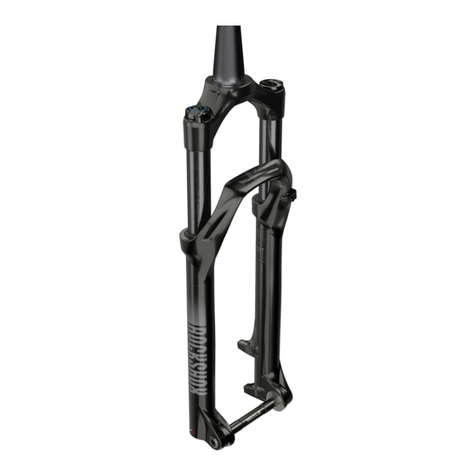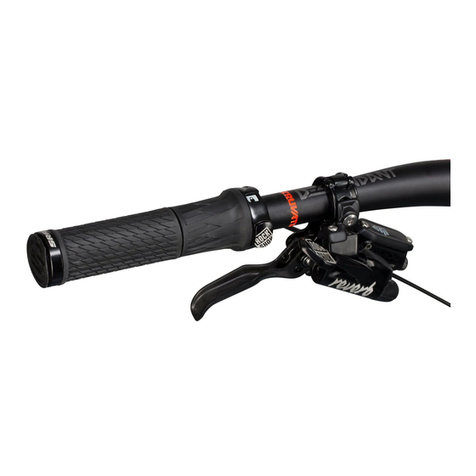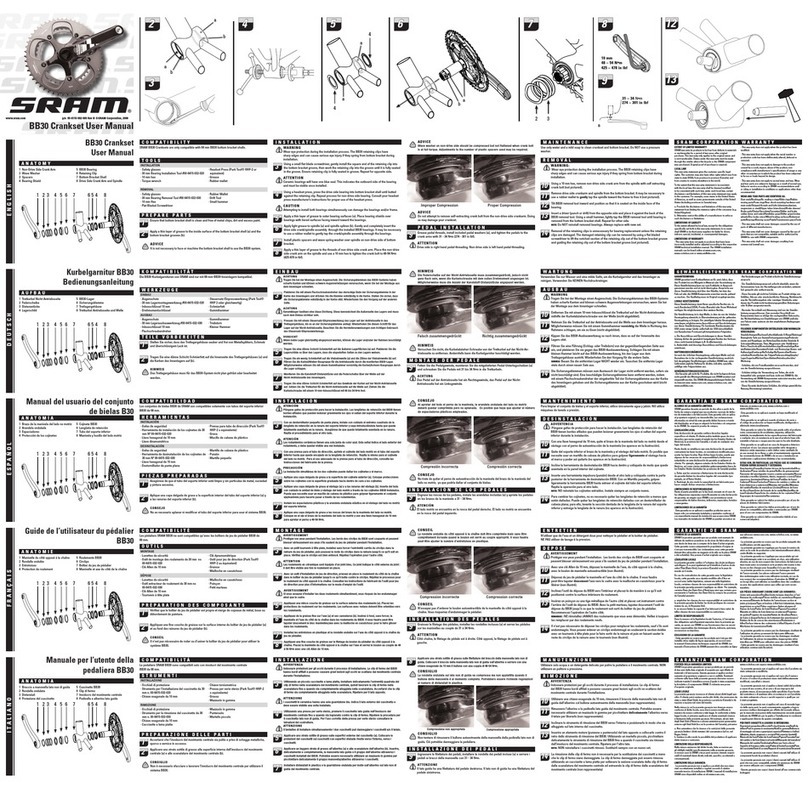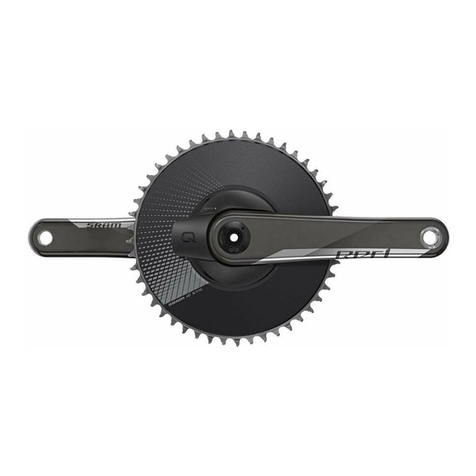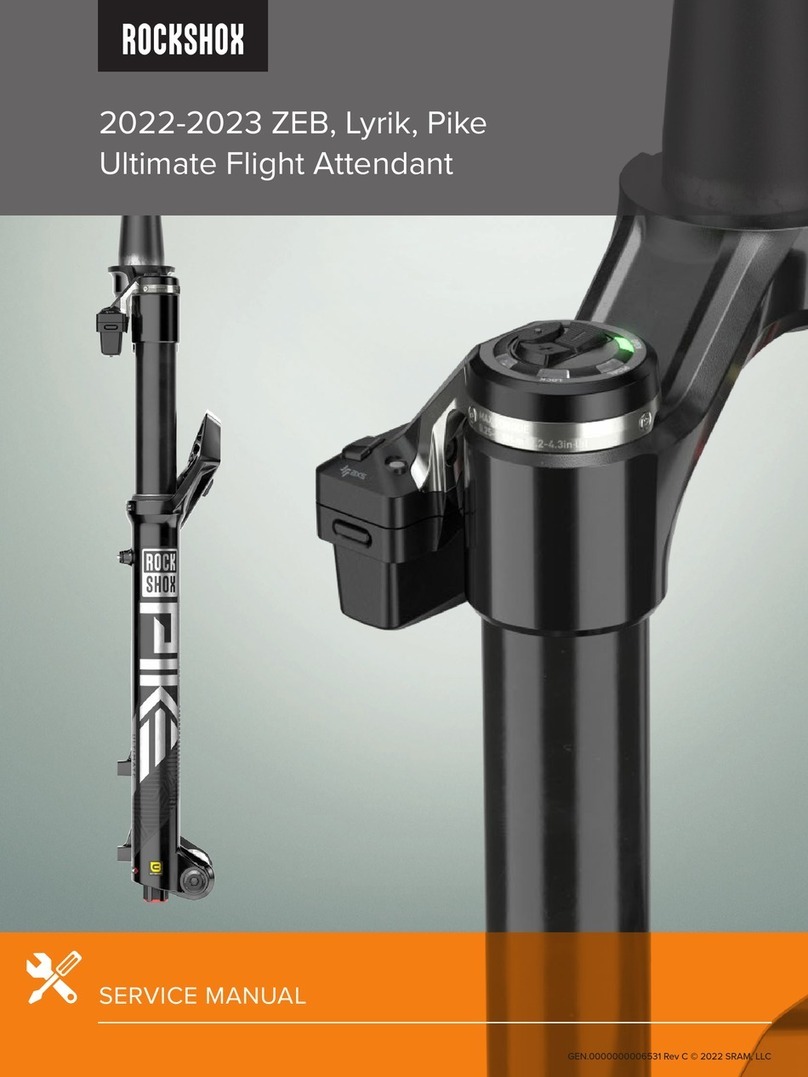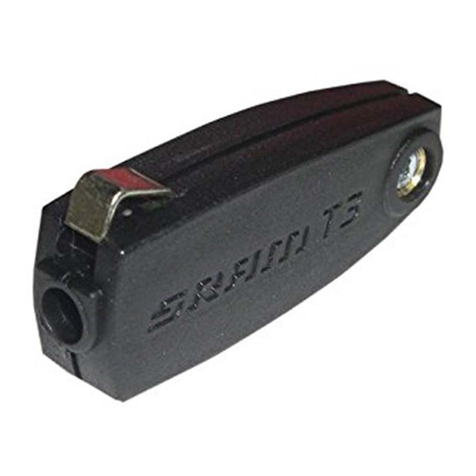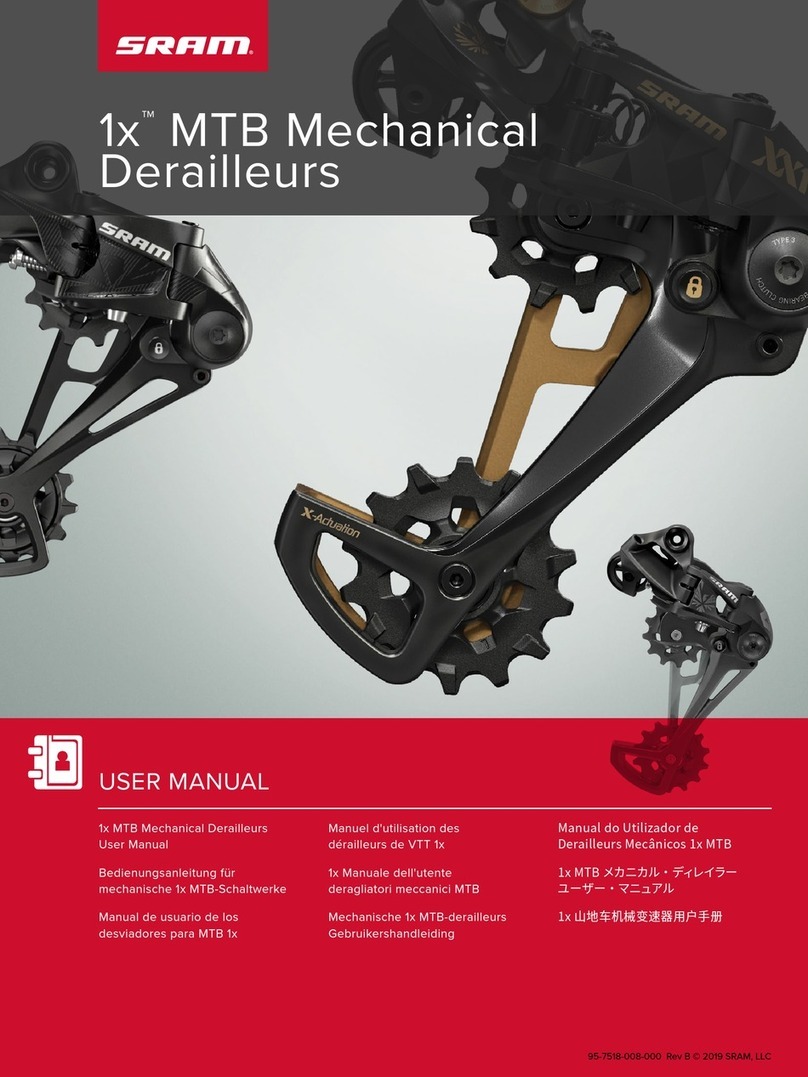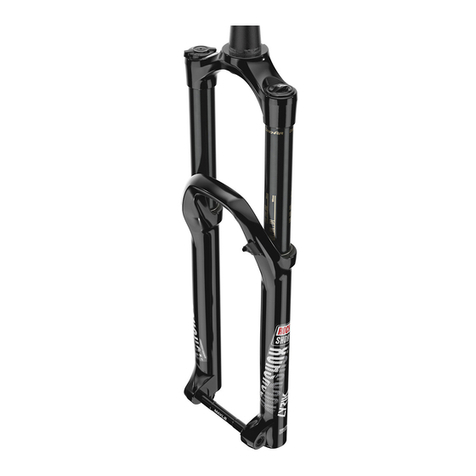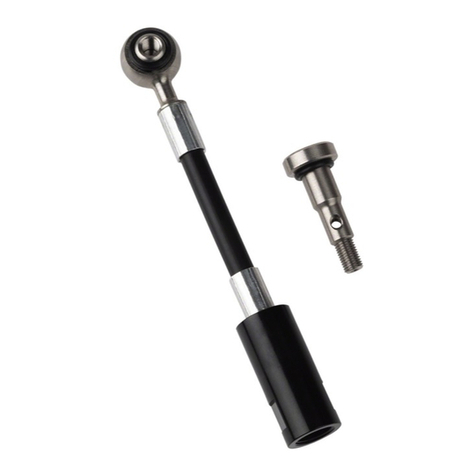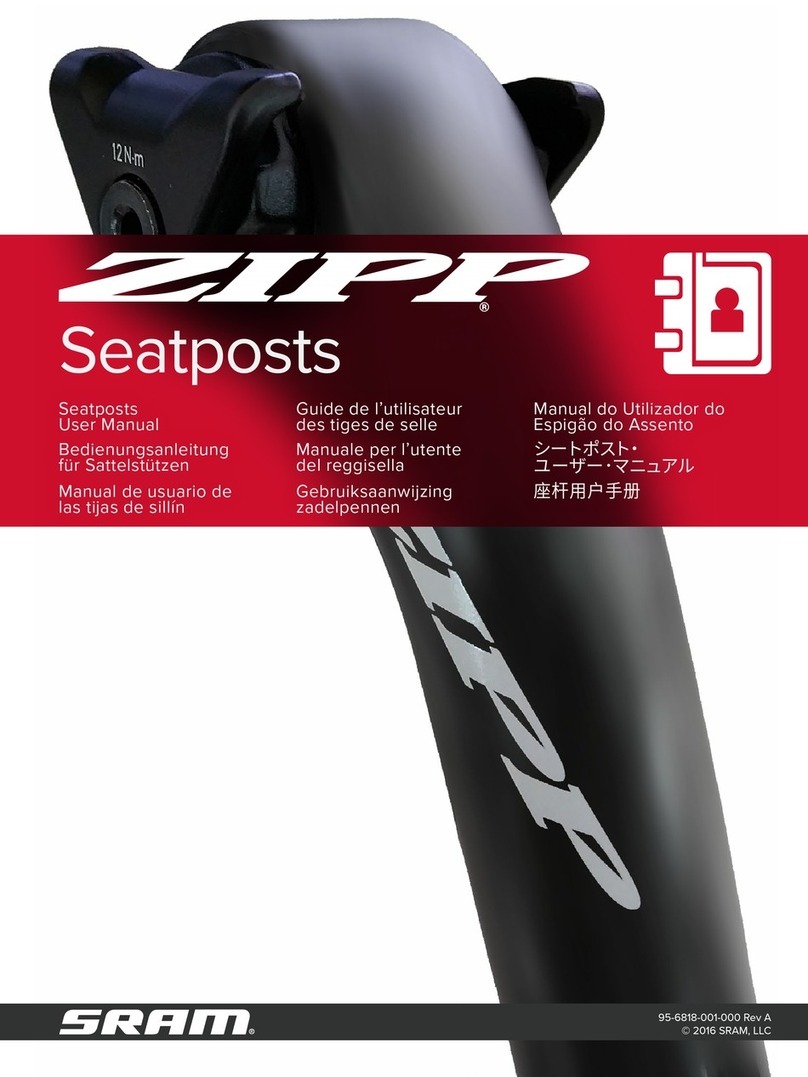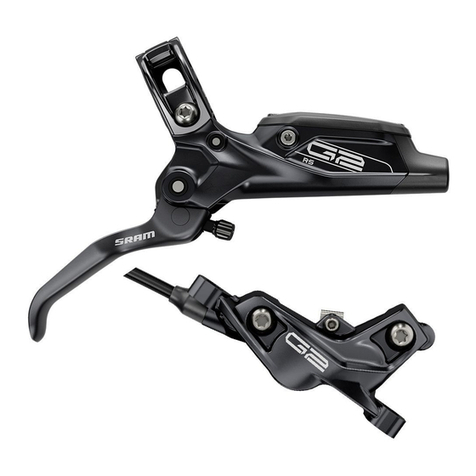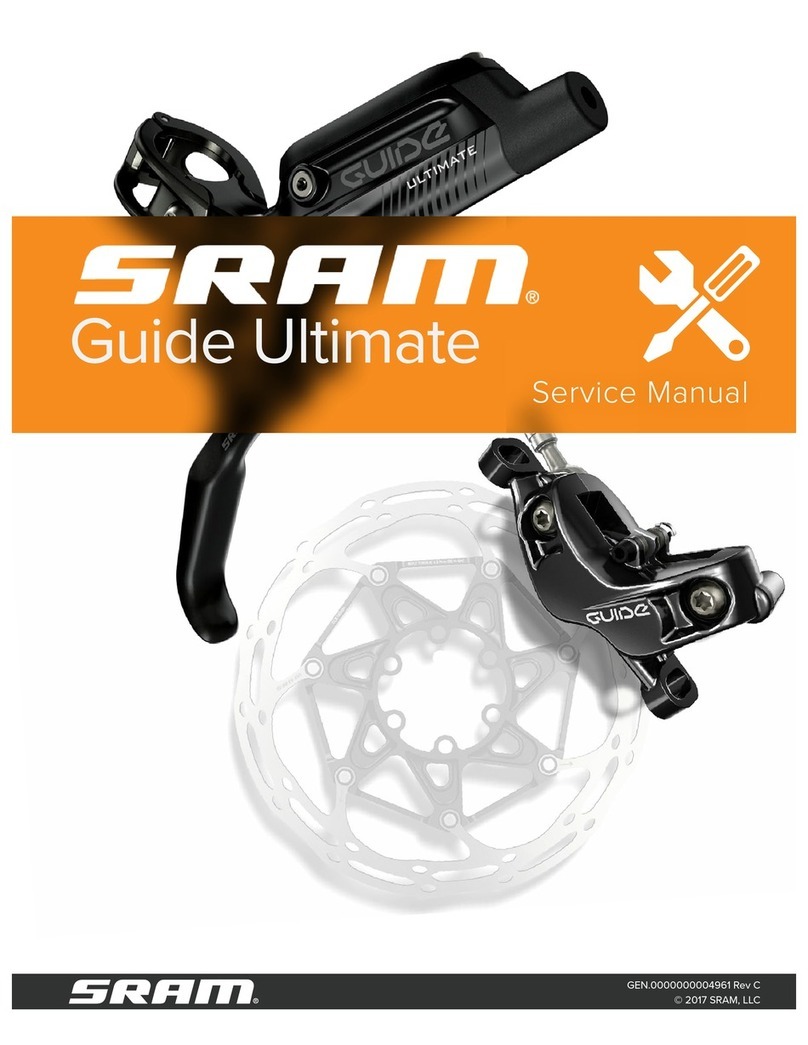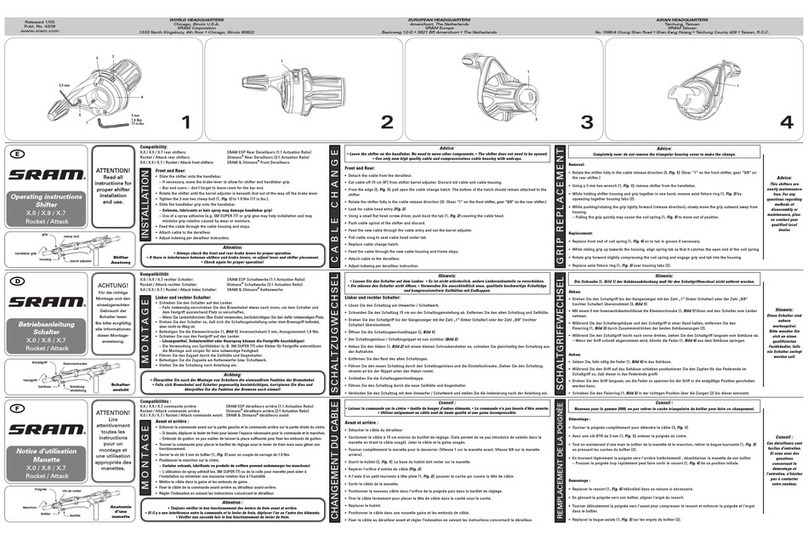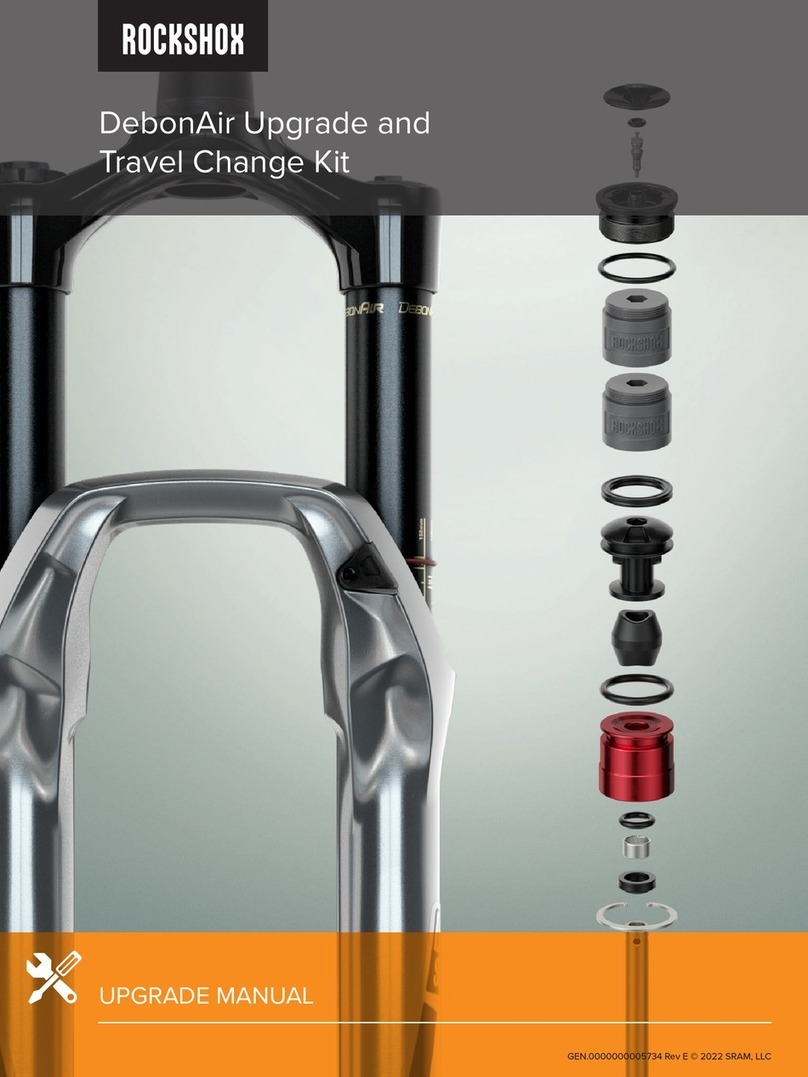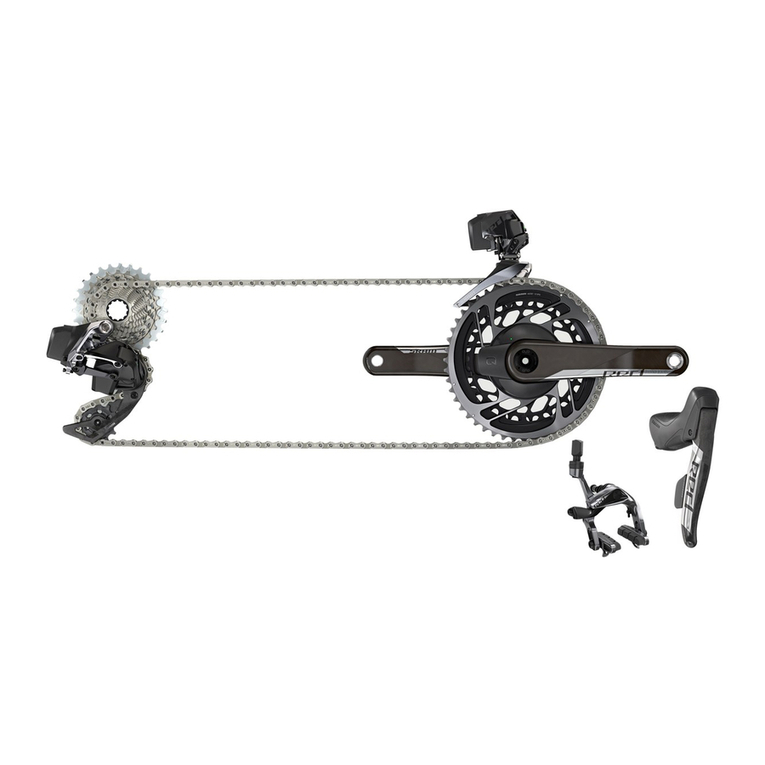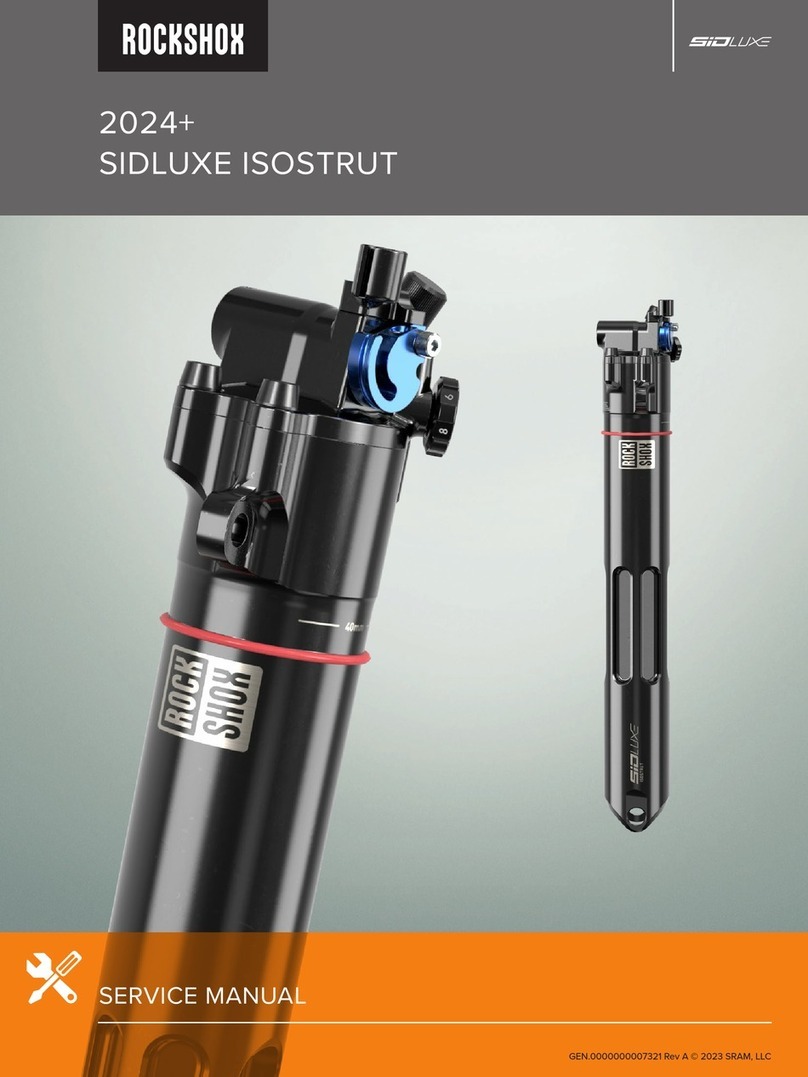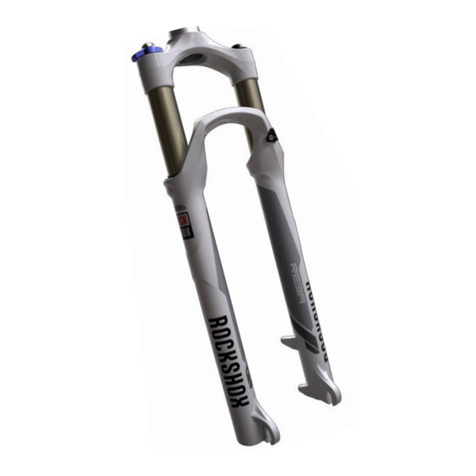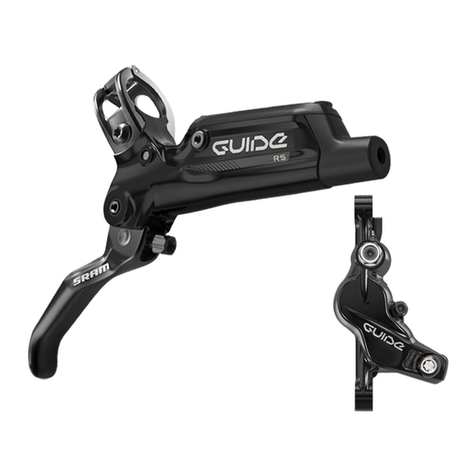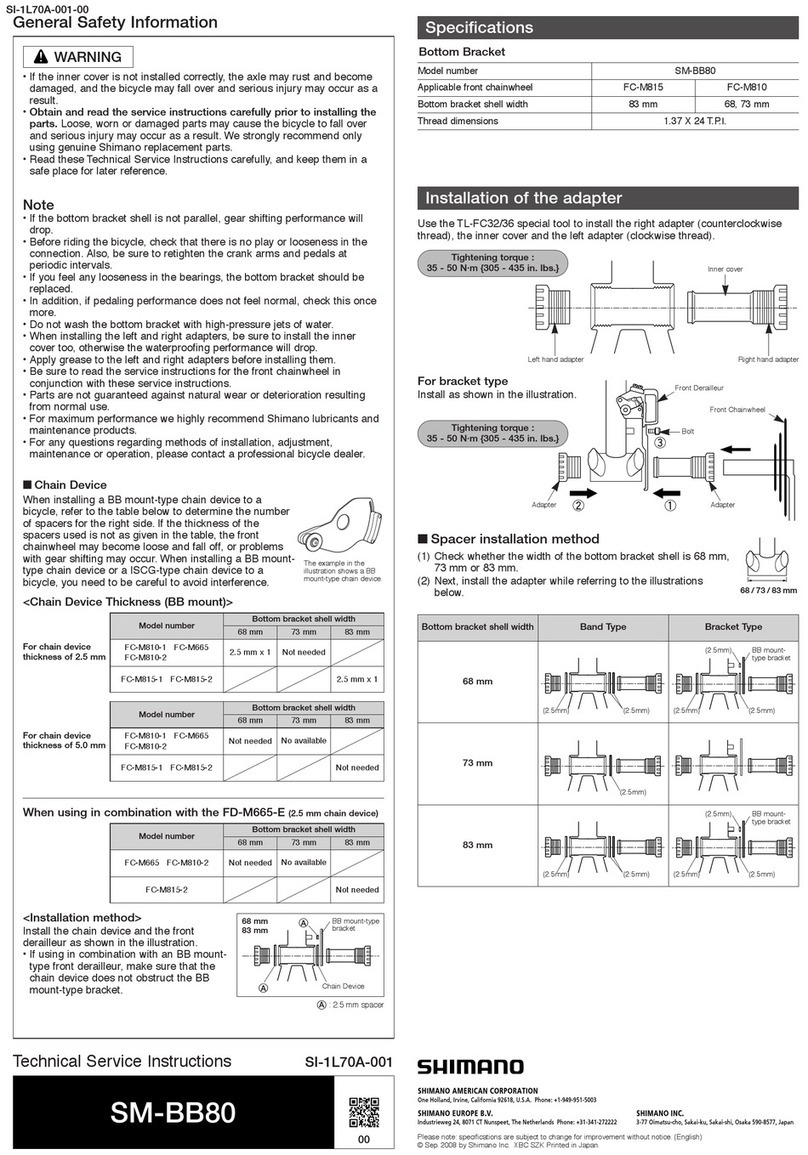
SRAM LLC WARRANTY
EXTENT OF LIMITED WARRANTY
SRAM warrants its products to be free from defects in materials or workmanship for a period of two years
after original purchase. This warranty only applies to the original owner and is not transferable. Claims under
this warranty must be made through the retailer where the bicycle or the SRAM component was purchased.
Original proof of purchase is required.
LOCAL LAW
This warranty statement gives the customer specific legal rights. The customer may also have other rights
which vary from state to state (USA), from province to province (Canada), and from country to country
elsewhere in the world.
To the extent that this warranty statement is inconsistent with the local law, this warranty shall be deemed
modified to be consistent with such law, under such local law, certain disclaimers and limitations of this
warranty statement may apply to the customer. For example, some states in the United States of America, as
well as some governments outside of the United States (including provinces in Canada) may:
Preclude the disclaimers and limitations of this warranty statement from limiting the statutory rightsa.
of the consumer (e.g. United Kingdom).
Otherwise restrict the ability of a manufacturer to enforce such disclaimers or limitations.b.
LIMITATIONS OF LIABILITY
To the extent allowed by local law, except for the obligations specifically set forth in this warranty statement,
in no event shall SRAM or its third party supplies be liable for direct, indirect, special, incidental, or
consequential damages.
LIMITATIONS OF WARRANTY
This warranty does not apply to products that have been incorrectly installed and/or adjusted according to
the respective SRAM technical installation manual. The SRAM installation manuals can be found online at
www.sram.com, www.rockshox.com, www.avidbike.com, www.truvativ.com, or www.zipp.com.
This warranty does not apply to damage to the product caused by a crash, impact, abuse of the product,
non-compliance with manufacturers specifications of usage or any other circumstances in which the
product has been subjected to forces or loads beyond its design.
This warranty does not apply when the product has been modified.
This warranty does not apply when the serial number or production code has been deliberately altered,
defaced or removed.
This warranty does not apply to normal wear and tear. Wear and tear parts are subject to damage as a
result of normal use, failure to service according to SRAM recommendations and/or riding or installation in
conditions or applications other than recommended.
WEAR AND TEAR PARTS ARE IDENTIFIED AS:
Dust seals/Bushings/Air sealing o-rings/Glide rings/Rubber moving parts/Foam rings/Rear shock
mounting hardware and main seals/Stripped threads and bolts (aluminum,titanium, magnesium or steel)/
Upper tubes (stanchions)/Brake sleeves/Brake pads/Chains/Sprockets/Cassettes/Shifter and brake
cables (inner and outer)/Handlebar grips/Shifter grips/Jockey wheels/Disc brake rotors/Wheel braking
surfaces/Bottom out pads/Bearings/Bearing Races/Pawls/Transmission gears/Spokes/Free hubs/
Aero bar pads/Corrosion/Tools
This warranty shall not cover damages caused by the use of parts of different manufacturers.
This warranty shall not cover damages caused by the use of parts that are not compatible, suitable and/or
authorized by SRAM for use with SRAM components.
This warranty shall not cover damages resulting from commercial (rental) use.
ROCKSHOX SUSPENSION SERVICE
We recommend that you have your RockShox suspension serviced by a qualified bicycle mechanic.
Servicing RockShox suspension requires knowledge of suspension components as well as the special
tools and fluids used for service.
Used suspension fluid should be recycled or disposed of in accordance to local and federal regulations.
NEVER pour suspension fluid down a sewage or drainage system or into the ground or a body of water.
This publication includes trademarks and registered trademarks of SRAM LLC designated by the symbols ™ and ®, respectively.
Copyright © SRAM LLC 2010
For exploded diagram and part number information, please refer to the Spare Parts Catalog available on our web site at www.sram.com.
For order information, please contact your local SRAM distributor or dealer.
Information contained in this document is subject to change at any time without prior notice.
Your product‘s appearance may differ from the pictures/diagrams contained in this document.
Product names used in this document may be trademarks or registered trademarks of others.





















